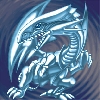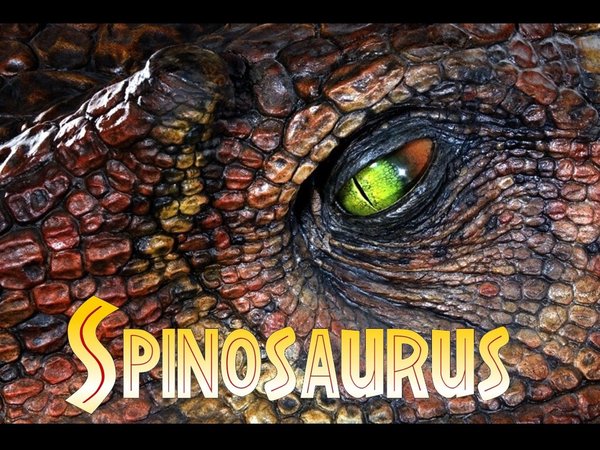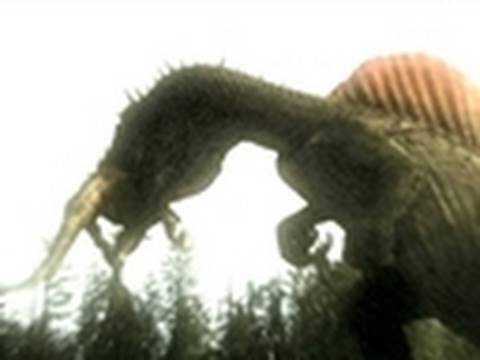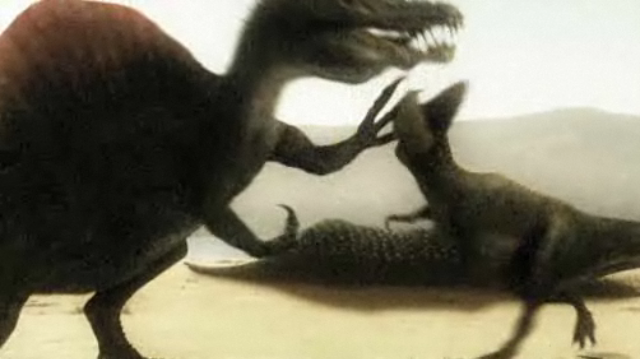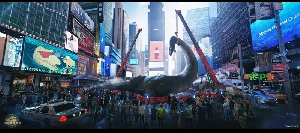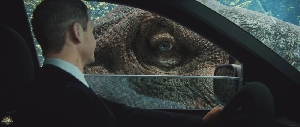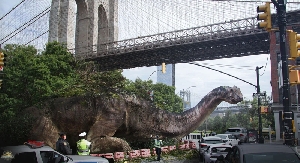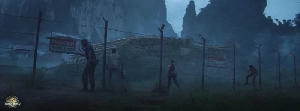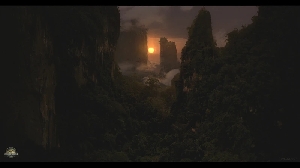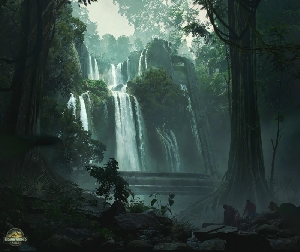Baryonyx Walkeri
Dinosaurs Forum Topic
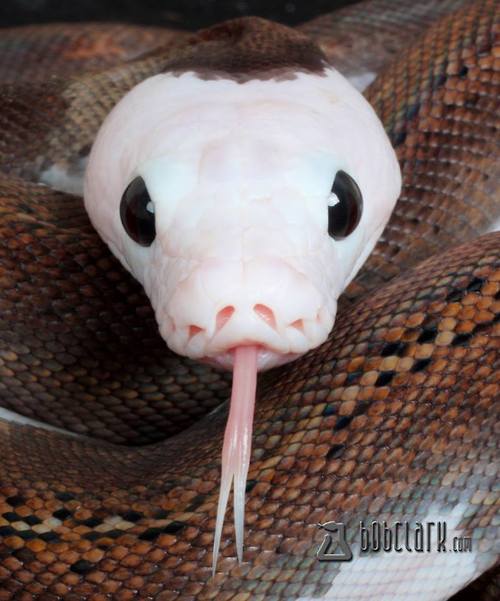
Carnosaur
MemberCompsognathusFeb 8, 20147309 Views18 Replies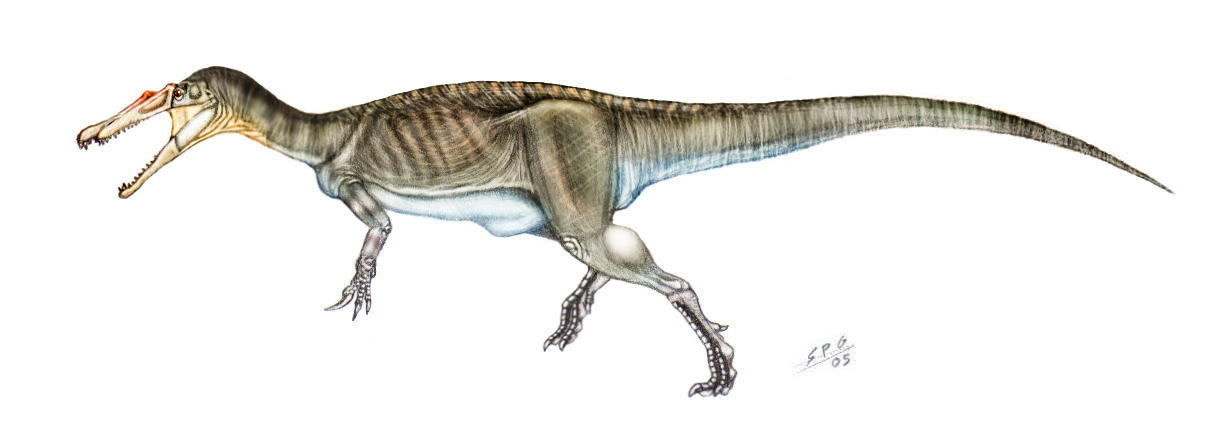
Baryonyx is a genus of Spinosaur from the early cretacious of England and Portugal. The first described remains of Baryonyx was a huge claw, which gave the spinosaur its name,("Heavy Claw"). The enormous thumb claw was dug out of a clay pit in England. shortly after, the owner of the claw was unearthed deeper in the clay pit. It's the Holotype, and being around 70% intact is now on display at the Natural History Museum in London.
Baryonyx has its own sub family in the Spinosaur group, the Baryonychinae. The family has distinct differences from the rest of the family, such as lacking the impressive sail most members in the family have. The holotype of Baryonyx is thought to be a sub adult, although it measured an impressive 30 feet long and 9 feet tall. This means it could be a bit larger then previously thought. Coincidently, studies conducted in 2007 point to Baronyx being a junior synonym of Suchomimus. This is due to the fact that Vertabrate in the two theropods are remarkably similiar, as well as the teeth. In his study, Buffetaut noted that teeth in Baryonyx seem to differ slightly with the individual, as seen in the larger genus, Spinosaurus. This is all still open to debate, however.
Like most Spinosaurs, Baryonyx had a snout that greatly resembled the modern day crocodile. From the number of skulls that have been unearthed, we now know Baryonyx had 96 teeth. 32 of those being in the upper jaw, and 64 being in the lower jaw. The upper jaw has a sharp angle in it, this evolved to prevent prey from slipping out of the Spinosaurs jaws, and is even seen in modern day Crocodilians.
Despite this, Baryonyx wasn't just a fish eater. The remains of the Ornithopod Iguanodon have been found in close proximity to the spinosaur, suggesting the spinosaur occasionaly preyed on it. Another recent study showed the Jaws had stronger resistance to bending and torsion than Spinosaurus, suggesting a more land oriented diet then other Spinosaurs.
Nature doesn't deceive us; it is we who deceive ourselves.
Replies to Baryonyx Walkeri
Hey Guest, want to add your say?
Are you an avid Jurassic World fan looking for a dedicated online community of likeminded fans? Look no further! Create your own profile today and take part in our forums and gain XP points for all the content you post!



